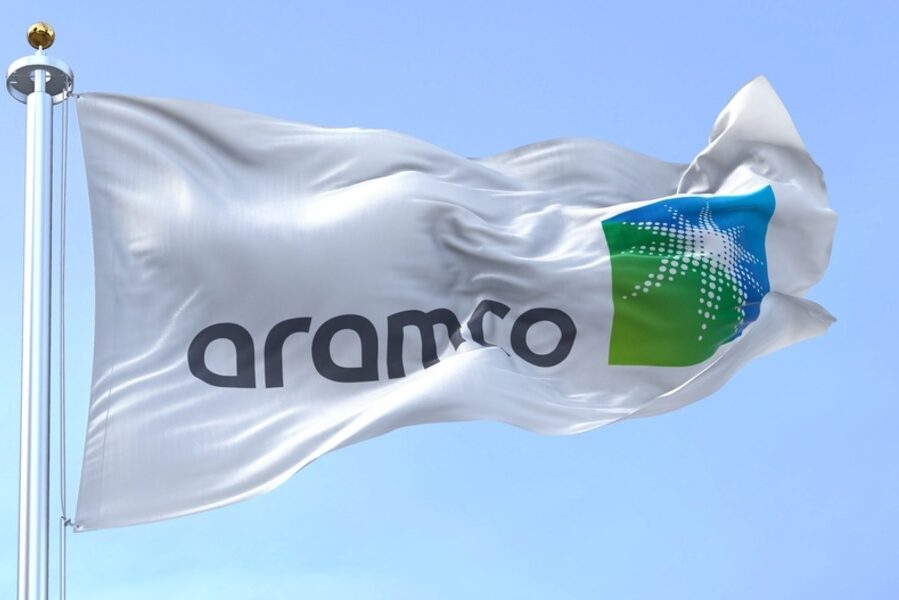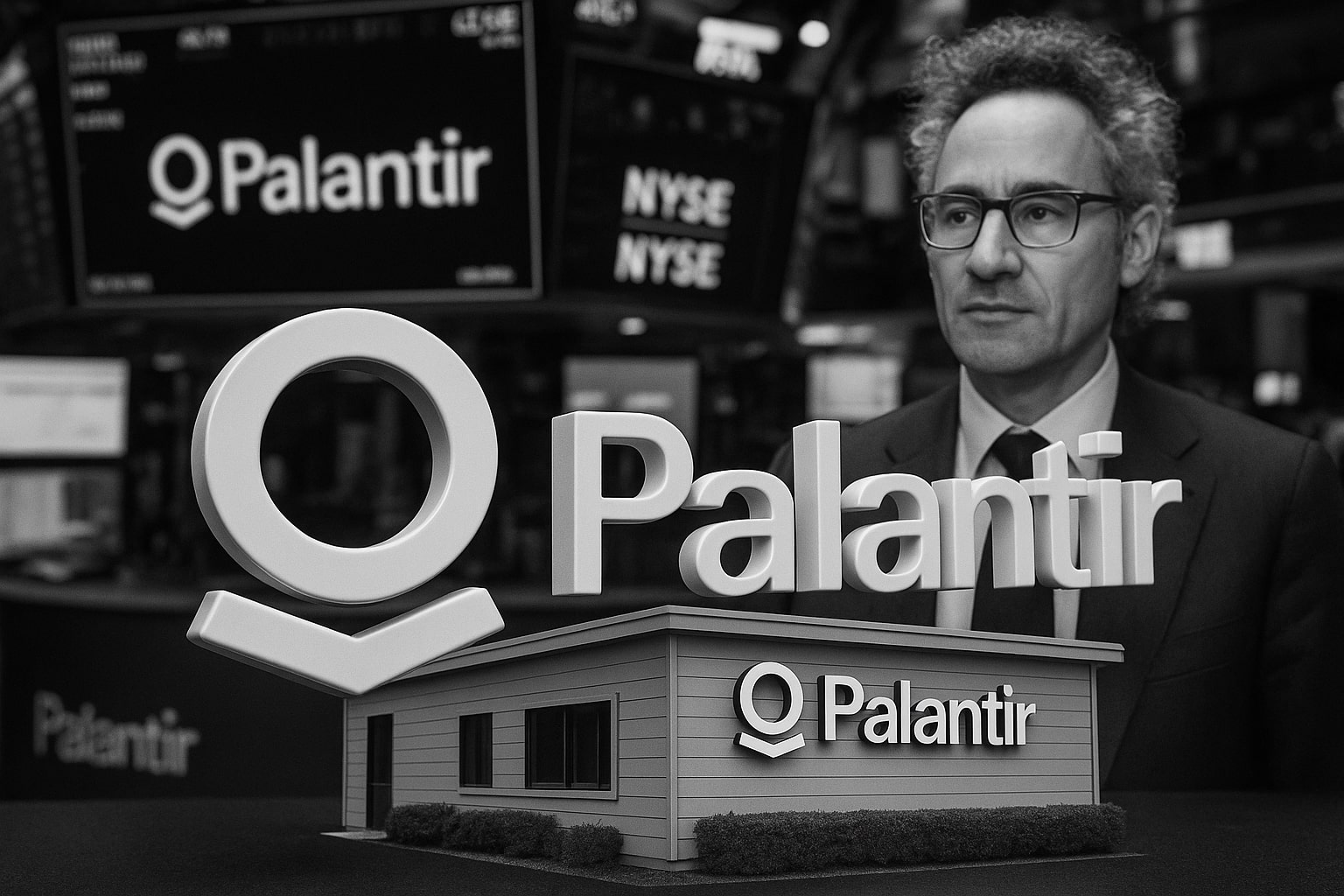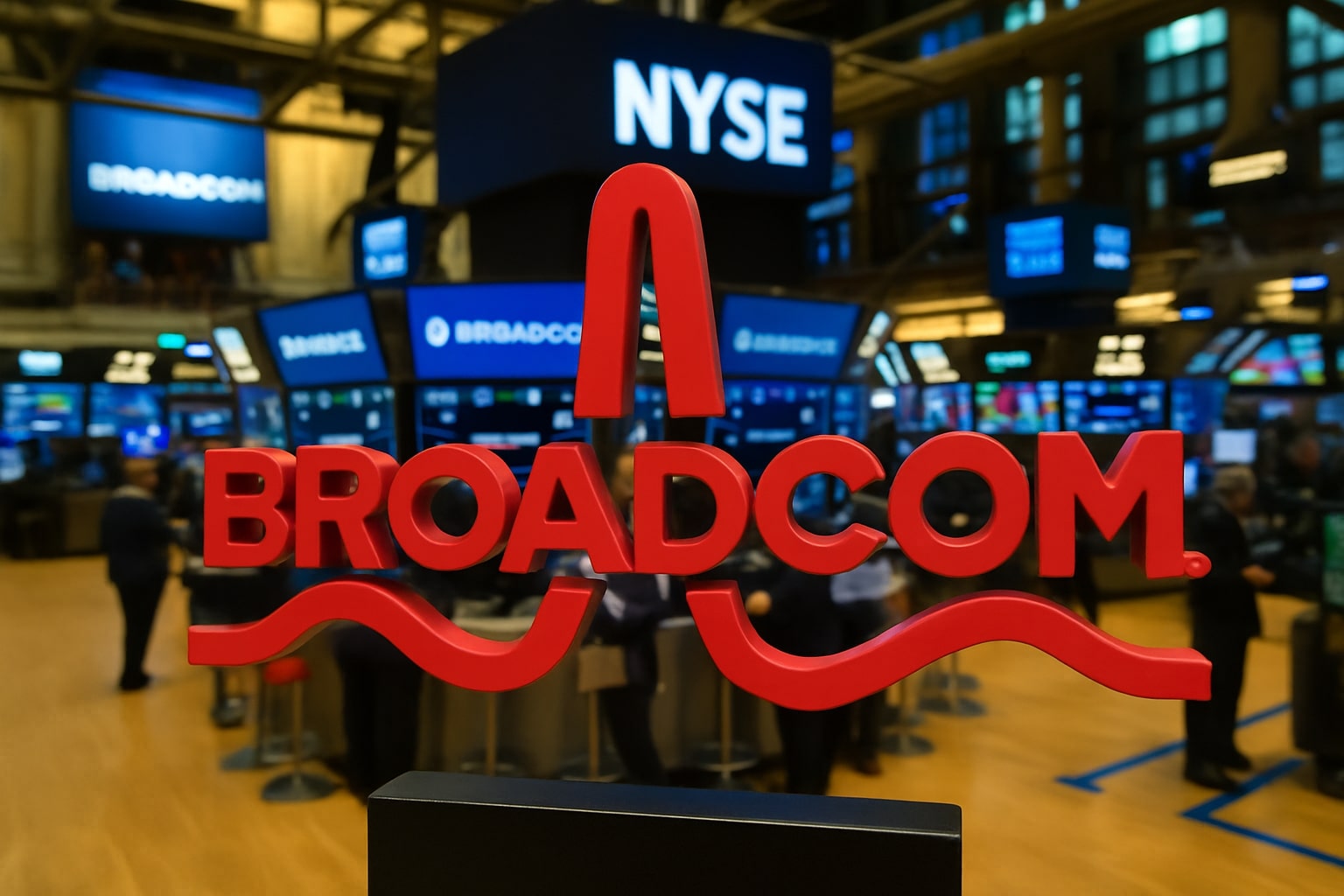
Saudi Aramco's Q1 Net Profit Drops 19% Amid Lower Crude Prices, Considers Additional Dividend
Aramco Pursues Global Expansion and Weighs Performance-Linked Dividends Amid Q1 Profit Decline
Saudi Aramco, the world's largest energy company, has announced plans to introduce an additional dividend, which could potentially boost payouts for the Saudi Arabian government by billions of dollars. This news comes as weaker oil prices push the state's budget into a deficit. Aramco's stock surged by as much as 7.2% in early trading, reaching its highest level since September.
The additional dividend will range from 50% to 70% of Aramco's annual free cash flow, net of the base payout and other amounts such as external investments. The exact amount will be determined with the annual results. Saudi Arabia's government owns 90% of Aramco's stock directly, with the sovereign wealth fund holding an additional 8%. The company's shares have climbed 16% this year in Riyadh, outperforming Western Big Oil rivals like Shell Plc and Exxon Mobil Corp.
Aramco reported a net profit of $31.9 billion for Q1 2023, slightly below analysts' expectations and down 19% from the previous year. Free cash flow was $30.9 billion, and the dividend was maintained at $19.5 billion. Aramco's free cash flow soared to almost $149 billion last year, alongside rising oil prices, covering the annual dividend of $75.8 billion – the largest for any listed company and a crucial source of funding for the Saudi government.
The kingdom experienced a $770 million fiscal deficit in Q1 2023 as spending on public sector salaries and large-scale projects to diversify the economy from energy increased. Growth slowed to 3.9% year-on-year, compared to 10% in Q1 2022. Oil prices have dipped sharply since mid-2022 after the global economy weakened, and central banks raised interest rates to combat inflation. Brent crude averaged $82 a barrel between January and March, down from nearly $100 in 2022, and has since fallen to around $77.
Aramco, headquartered in Dhahran in eastern Saudi Arabia, is targeting capital expenditure of $45 billion to $55 billion for 2023. The company's net profit was up 3.75% from the fourth quarter. Lower taxes and higher finance and other income offset the weaker earnings result. Aramco's first-quarter dividend, which was increased in the fourth quarter to $19.5 billion, will be paid in the second quarter. The company reported quarterly cash flow from operating activities at $39.6 billion and free cash flow at $30.9 billion, both slightly up from the previous year.
Saudi Aramco announced Q1 net profit of $31.9 billion, down 19.25% from a year earlier, mainly due to a drop in crude prices. This result is lower than the $39.5 billion reported in the same period in 2022 when Russia's invasion of Ukraine caused oil prices to surge. It is more than three-quarters of the $40.5 billion in combined first-quarter profits reported by the five oil majors: BP and Shell in Britain, ExxonMobil and Chevron in the United States, and TotalEnergies in France.
Aramco is the centerpiece of the Saudi economy and the primary source of revenue for Crown Prince Mohammed bin Salman's ambitious economic and social reform program, Vision 2030. The company reported record profits totaling $161.1 billion last year, allowing the kingdom to achieve its first annual budget surplus in almost a decade.
Saudi Arabia's national budget for 2023 foresees a surplus of 16 billion Saudi riyals ($4 billion) and GDP growth of 3.1%. However, the finance ministry announced a budget deficit of 2.9 billion Saudi riyals (approximately $773 million).
for the first quarter of 2023. This reflects a 3% decline in oil revenues and a 29% increase in expenditures, according to the official Saudi Press Agency. Despite this, the level of deficit does not raise significant concern, given the strong financial position of the Saudi public finances. This allows for the continuation of the expansionary fiscal policy in support of Vision 2030 reforms.
In April, Saudi Arabia transferred a 4% stake in Aramco shares, worth nearly $80 billion, to Sanabil Investments, a company controlled by the kingdom's Public Investment Fund (PIF). This is one of the world's largest sovereign wealth funds with over $620 billion in assets. A similar transfer of 4% of Aramco shares occurred last year, going directly to the PIF.
Oil prices have been influenced by major oil producers, led by Saudi Arabia, announcing a surprise output cut of over one million barrels per day in an effort to stabilize the market. This followed a controversial decision in October by OPEC and its allies, including Russia, known as OPEC+, to slash production by two million barrels per day. UAE-based oil expert Ibrahim al-Ghitani suggests that production cuts, combined with broader economic trends, could boost oil prices later in the year.
Aramco made a record profit of over $161 billion for 2022 on higher energy prices and production. However, the company's first-quarter net profit dropped 19% from a year earlier to 119.54 billion riyals ($31.88 billion) due to lower crude prices. Profit still beat analysts' median forecast of $30.8 billion, according to Refinitiv data. The decline was partially offset by lower taxes, including the zakat Islamic tax, and a rise in finance and other income. Net profit was 3.75% higher than in the fourth quarter.
Aramco CEO Amin Nasser announced that the company is considering introducing performance-linked dividends in addition to its base distribution. The company reached deals to expand its downstream business abroad in the first quarter, including investments in China and completing a $2.76 billion acquisition of Valvoline Inc's products business. Nasser stated that Aramco's long-term outlook remains unchanged, as oil and gas will continue to be critical components of the global energy mix for the foreseeable future.
The company's compression projects at the Haradh and Hawiyah fields are expected to begin initial production and achieve full capacity during 2023. Falling oil prices have affected Saudi Arabia's Basic Industries Corporation (SABIC), one of the world's largest petrochemical companies, which is 70% owned by Aramco. SABIC saw its first-quarter net profit plunge 90% and warned that margins would remain under pressure amid new capacities, rising interest rates, and uncertainty over global growth.
Oil and gas prices surged at the start of 2022, with Western sanctions on Russia following its full-scale invasion of Ukraine steadily tightening access to crude supplies. However, this year has seen a decline in prices. The price of international oil benchmark Brent crude is down 9% year-to-date and more than 17% year-on-year. This fall is attributed to a combination of economic concerns, such as the U.S. Federal Reserve's recent interest rate hike and slower economic growth, which could dent energy demand.
Read More
-
GPIQ ETF Rises on 10% Yield and AI Boom as Investors Brace for Tech Volatility
14.10.2025 · TradingNEWS ArchiveStocks
-
Ripple (XRP-USD) Stabilizes at $2.51 as Whales Buy $5.5B and ETF Outflows Shake Crypto
14.10.2025 · TradingNEWS ArchiveCrypto
-
Natural Gas Price Forecast - NG=F Falls to $3.07 as Supply Glut and Weak Heating Outlook Hit Demand
14.10.2025 · TradingNEWS ArchiveCommodities
-
USD/JPY Price Forecast - Dollar to Yen Slides to 151.80 as Trade Tensions Boost Yen Strength
14.10.2025 · TradingNEWS ArchiveForex


















